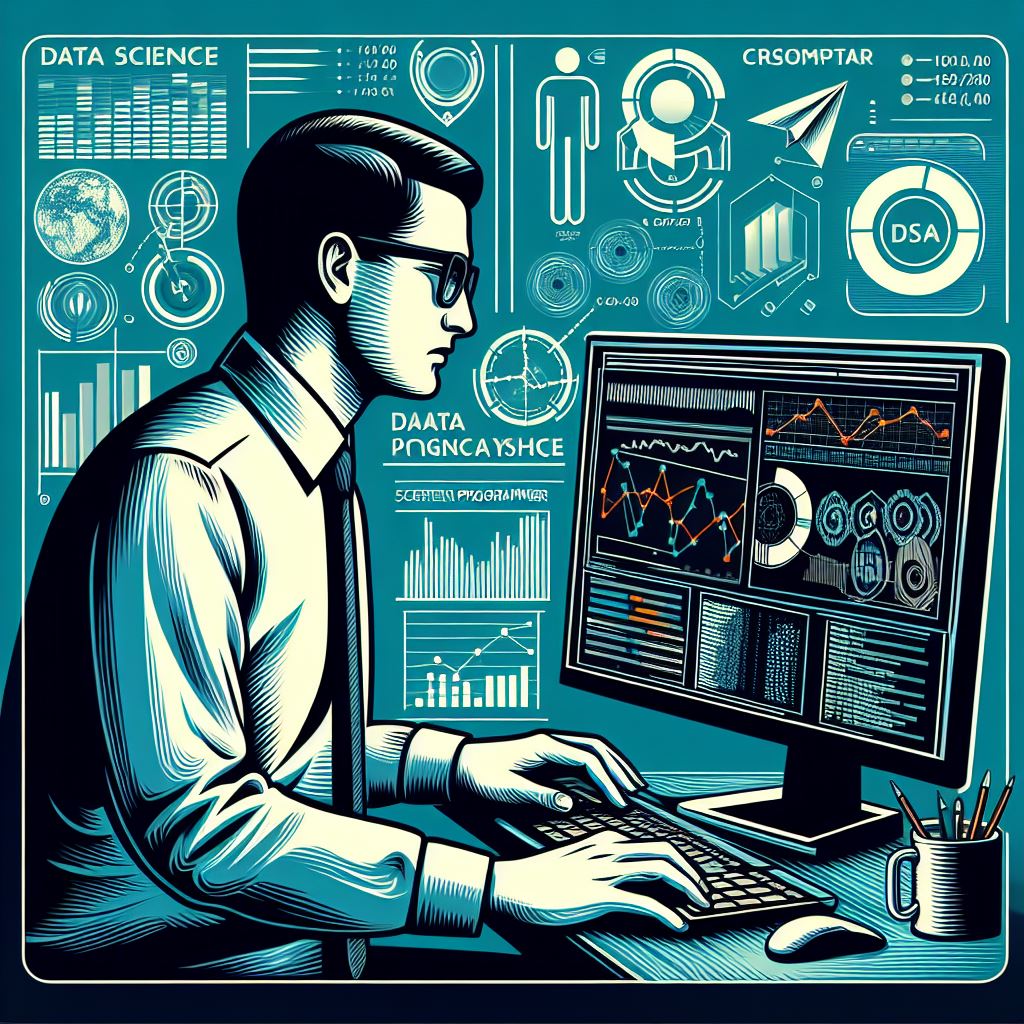Deep learning, a subset of machine learning, has rapidly become one of the most exciting fields in artificial intelligence (AI). By mimicking the human brain’s neural networks, deep learning allows computers to process vast amounts of data, identify patterns, and make decisions with incredible accuracy. This technology is behind many of the advancements in AI that we see today, from autonomous vehicles to virtual assistants and medical diagnostic tools. But what exactly is deep learning, and how does it work?
Deep learning algorithms are designed to analyze data through layers of artificial neural networks. Each layer processes information, extracting features and patterns that become increasingly complex. The deeper the network, the more abstract the features it can identify. For instance, in image recognition, a shallow network might only detect edges, while a deeper network can identify complex objects like faces or animals.
One of the major advantages of deep learning is its ability to learn directly from raw data without the need for manual feature extraction. In traditional machine learning, features must be engineered by experts to ensure the algorithm can make sense of the data. In contrast, deep learning models automatically extract these features, allowing them to perform exceptionally well on tasks such as speech recognition, natural language processing, and image classification.
Applications of Deep Learning
Deep learning has found applications across a wide range of industries. In healthcare, for example, deep learning models are being used to detect diseases from medical images, such as identifying tumors in X-rays and MRIs. In finance, deep learning is employed for fraud detection and algorithmic trading, where it can analyze vast amounts of financial data to identify potential risks and opportunities.
Another major area where deep learning is transforming industries is autonomous vehicles. Self-driving cars use deep learning algorithms to process data from cameras, LiDAR sensors, and radar to navigate roads, avoid obstacles, and make real-time decisions. These vehicles rely on deep learning to continuously improve their performance by learning from millions of driving scenarios.
Challenges in Deep Learning
Despite its impressive capabilities, deep learning is not without its challenges. One of the biggest hurdles is the requirement for large amounts of labeled data to train models. In some cases, it can be difficult to collect and label sufficient data, which can slow down progress. Additionally, deep learning models are often considered “black boxes,” meaning their decision-making processes are not always transparent or understandable. This lack of interpretability can be problematic, especially in fields like healthcare, where accountability is crucial.
Another challenge is the significant computational resources required for deep learning models. Training deep neural networks requires powerful hardware, such as GPUs, and specialized software. This has led to a rise in cloud-based deep learning services, where businesses and researchers can access the computational power they need without the hefty upfront costs.
The Future of Deep Learning
The future of deep learning looks bright, with researchers continually working to improve its efficiency, transparency, and scalability. One area of development is transfer learning, where models trained on one task can be adapted to new, related tasks with minimal additional training. This can dramatically reduce the need for large amounts of labeled data and improve the efficiency of deep learning models.
Furthermore, as hardware continues to improve and cloud computing becomes more accessible, deep learning will become even more powerful and widespread. The potential applications of deep learning are vast, and it will likely play a key role in the development of AI-powered systems that can revolutionize industries such as healthcare, finance, and transportation.
5
